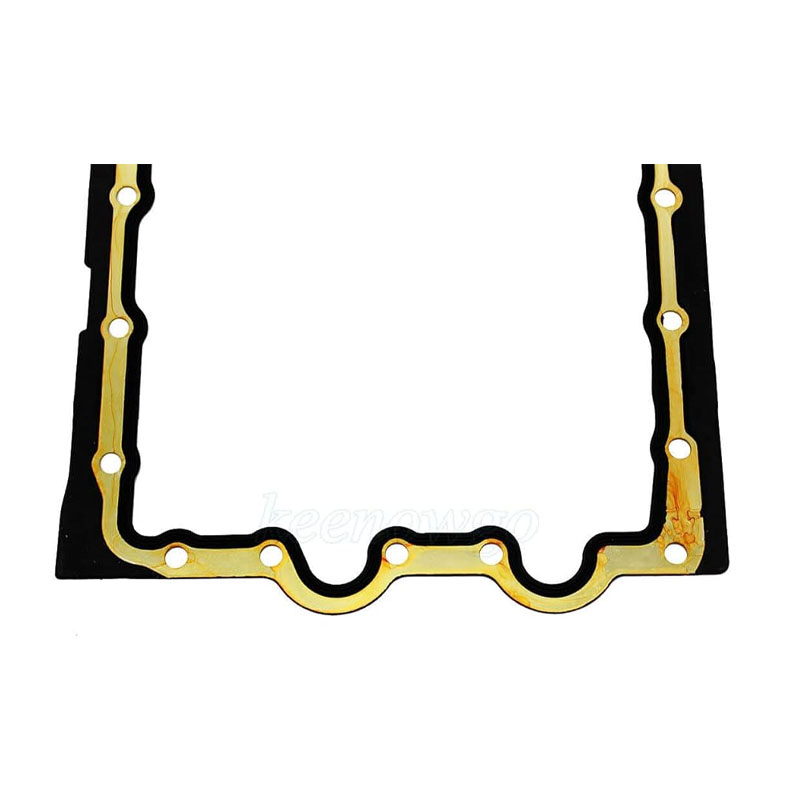Replacing an Oil Pan Gasket
Replacing an Oil Pan Gasket A Step-by-Step Guide
Replacing an oil pan gasket is a task that can save you both time and money if you choose to do it yourself. The oil pan gasket is a crucial component that seals the oil pan to the engine, preventing oil leaks and ensuring that your vehicle runs smoothly. If you notice oil spots under your vehicle, it might be time to replace the oil pan gasket. Here’s a step-by-step guide to help you through the process.
Tools and Materials Needed
Before starting, gather the necessary tools and materials - Socket set - Wrench set - Screwdriver set - Oil pan gasket replacement (specific to your vehicle make and model) - Oil pan sealant (if required) - Oil catch pan - Clean rags - Torque wrench
Step 1 Safety First
Ensure your vehicle is parked on a level surface and engage the parking brake. If the engine is hot, allow it to cool down. It’s also a good idea to disconnect the negative battery terminal to prevent any electrical issues.
Step 2 Drain the Oil
Using the oil catch pan, drain the oil from the engine by removing the oil drain plug
. Make sure to allow all the oil to fully drain out to avoid spills.Step 3 Remove the Oil Pan
Next, you will need to remove the oil pan. This typically involves unbolting several bolts from the oil pan with your socket set. Be careful when removing the pan, as some oil may still be present. You might need to gently tap the pan to loosen it if it's stuck.
replacing an oil pan gasket

Step 4 Clean the Surfaces
Once the oil pan is removed, clean the surfaces of both the oil pan and the engine block thoroughly. Remove any old gasket material using a scraper, making sure not to scratch the surfaces. A clean surface is essential for a good seal.
Step 5 Install the New Gasket
Place the new oil pan gasket into position on the oil pan, ensuring it fits correctly. If your gasket requires sealant, apply it as per the manufacturer's instructions. Carefully position the oil pan back onto the engine, aligning it with the bolt holes.
Step 6 Reinstall the Oil Pan
Reinstall the bolts to secure the oil pan, tightening them in a crisscross pattern to ensure even pressure. Use a torque wrench to tighten the bolts to the manufacturer’s specified torque settings.
Step 7 Refill Oil and Check for Leaks
Once the oil pan is secured, replace the oil drain plug and refill the engine with oil through the oil filler cap. Start your vehicle and let it run for a few minutes while checking for any leaks around the newly installed gasket.
Conclusion
Replacing the oil pan gasket can seem daunting, but with the right tools and careful execution, it can be done efficiently. Regular maintenance improves engine performance and prolongs vehicle life, so taking the time to address leaks promptly is well worth the effort.
-
Understanding the Front Main Engine Seal: Purpose, Maintenance, and Installation
News Jul.29,2025
-
Understanding O-Rings and Seal Rings: Types, Applications, and Custom Solutions
News Jul.29,2025
-
Understanding Crankshaft Oil Seals: Rear Seals, Pulley Seals, and Their Role in Engine Integrity
News Jul.29,2025
-
The Importance of Front and Rear Crankshaft Seals in Engine Performance and Oil Management
News Jul.29,2025
-
Crank Oil Seals: Functions, Types, and Cost Considerations in Engine Maintenance
News Jul.29,2025
-
A Comprehensive Guide to O-Rings and Seals: Types, Materials, and Global Applications
News Jul.29,2025
-
Mastering Diesel and Performance Engine Maintenance: A Guide to Critical Oil Gaskets
News Jul.28,2025
Products categories















